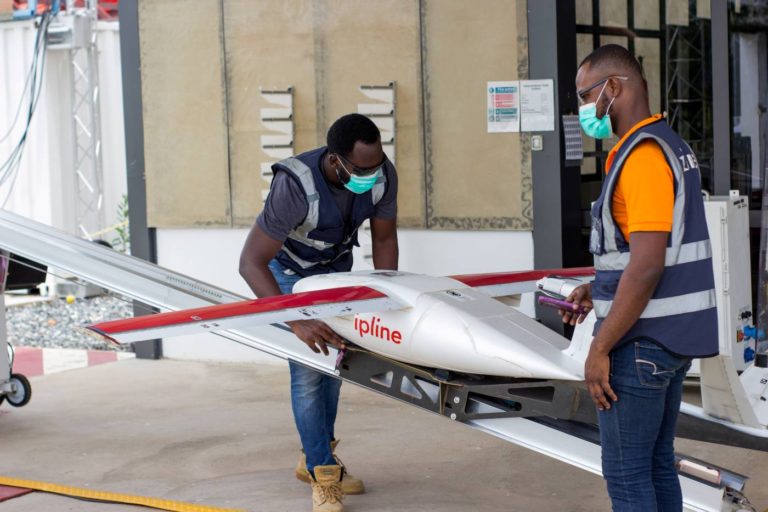New pan-African payment platform emerges to bolster local currencies and assist SMEs

A new pan-African payment system eliminates historical complexities, such as the cost of cross-border payments, boosts operational efficiencies, and paves the way for more stable and stronger African currencies, all of which are expected to boost intra-Africa commerce.
Following the formal debut of a new payment system in Africa, a Kenyan client can now pay for a product from Ghana in Kenya shillings, while the merchant receives payment for the items in Ghanaian cedi, without any conversion complications.
The Pan-African Payment and Settlement System (PAPSS), which allows traders to transfer payments in real time from one African country to another, went online in Ghana last week, kicking off its rollout to other African countries.
Local currency strengthening
The Afreximbank, Africa Union, and AfCFTA project eliminates the use of the dollar and other third currencies in the transaction matrix, providing a fresh chance to generate demand for and strengthen local currencies.
Small and medium-sized enterprises (SMEs) will benefit the most from an estimated $5 billion in annual savings on clearing and transactional expenses as more people begin to utilize the continent’s new cross-border payment infrastructure.
The savings will enable small businesses to unlock billions of dollars and alleviate the financial burden required by traders to scale beyond their country borders in order to access the world’s largest free-trade zone, the Africa Continental Free Trade Area, which has a market value of $3 trillion US dollars.
“The commercial launch marks a significant milestone in connecting African markets seamlessly. It will provide a fresh impetus for businesses to scale more easily across Africa and is likely to save the continent more than $5 billion in transactions costs every year,” Said, Chief Executive Officer of PAPSS Mike Ogbalu.
According to the International Trade Centre, small and medium-sized firms (SMEs) are the backbone of the African economy, accounting for more than 90 percent of businesses and employing roughly 60 percent of workers.
However, crucial to its ‘Promoting SME Competitiveness in Africa’ research are claims that African SMEs face a massive finance shortfall worth more than 136 billion US dollars per year.
While the survey confirms that money is the main hurdle to expansion for local traders due to scarcity, high interest rates, huge collateral requirements, and time-consuming application processes, it also finds that women traders are the hardest hurt.
“It is especially difficult for women to obtain financing, as fewer African women have bank accounts, compared to men, and the legal rights of family capital and collateral can be restrictive, given local laws and customs about land ownership,” according to the report.
Pamela Coke-Hamilton, Executive Director of the International Trade Centre, stated that African countries now have a commercially viable tool that can address a critical barrier for MSMEs to trade competitively- even in uncertain times- indicating the end of the negative impact of currency exchange fluctuations.
“ITC is preparing businesses to benefit from PAPSS, opening up new potential for growth in cross-border e-commerce and sustainable trade,” Coke-Hamilton added.
The new payment infrastructure has the potential to cut transaction times to seconds, removing a significant hurdle to intra-African e-commerce, services, and goods trade growth.
The platform had a successful pilot in the seven West African countries that comprise the West African Monetary Zone – Gambia, Gambia, Ghana, Guinea, Liberia, Nigeria, and Sierra Leone (WAMZ).
With ongoing efforts to bring additional African Central Banks on board, the region may be perceived as moving closer to a single currency.







